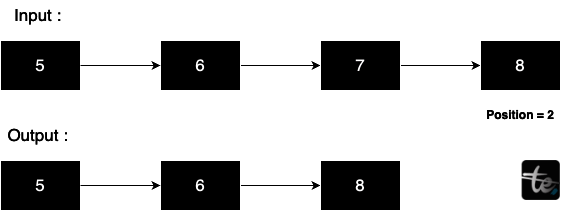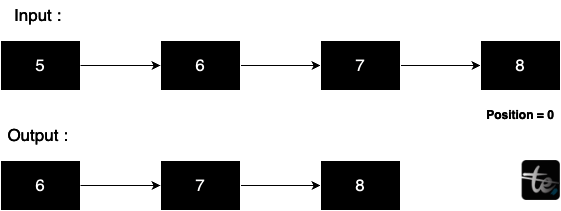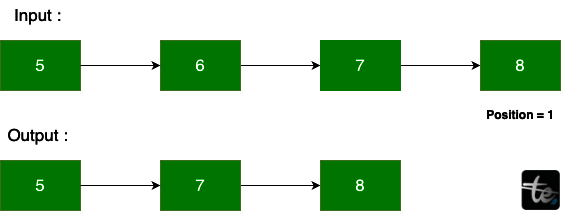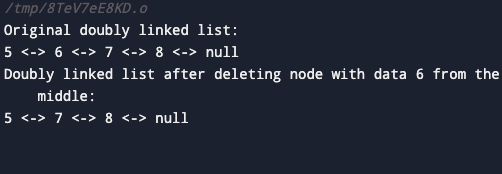Deleting a Node in a Linked ListIntroductionLinked lists are fundamental data structures in computer science, important for dynamic memory allocation and power insertion and removal capabilities. Deleting a node from a linked list may seem straightforward, but there are important techniques and considerations to ensure correct functionality and scalability. This guide provides a comprehensive overview of linked list deletion, covering different scenarios and types of linked lists and providing remote codes and code examples. Basic information about deleting a linked listIn a singly linked list, each node points to another node. Deleting a node requires updating the prior node's pointers to reflect the subsequent node's pointers, except the deleting node. This effectively removes the node from the linked list. Removal of Head node: If the target node is the head node (the first node), the master indicator must be updated on the second node, thereby removing the original primary node. Removal of the middle node: Removal of the node from the middle requires the pointers of the previous node to be shown on the node after the new removal node, thereby skipping the removal node. Removal of an end node: To remove an end node (the last node), the pointers of the second to last node must be updated to the new removal node, thereby removing the original end node. Pseudo code for Linked List DeletionUsing Various Linked List Types for DeletionSingly Linked List: Deletion involves adjusting pointers of the previous node to bypass the target node. Time complexity: O(n). Doubly Linked List: Deletion requires updating pointers of both previous and next nodes. Time complexity: O(n). Allows bidirectional traversal for efficient node location. Circular Linked List: Deletion is similar to a singly linked list with special consideration for head and tail nodes. Point to RememberNull Pointer Check: Always check for null pointers before attempting any deletions to avoid runtime errors. Memory Management: Remember to free the memory occupied by the deleted node to prevent memory leaks. Special Case Handling: Pay special attention to edge cases, such as deleting the head or tail node, to maintain the linked list's integrity. Update References: After deleting a node, properly update the references or pointers of surrounding nodes to maintain the linked list's connectivity. Complexity Analysis: Remember that deletion in linked lists generally has a time complexity of O(n), where n is the number of nodes in the list. Example on how to delete a node in a singly linked list
Python CodeOutput: 
Java CodeOutput: 
C++ CodeOutput: 
Deleting a Node at the Beginning in a Doubly Linked ListPseudo code for deleting a node at the beginning of a doubly linked list 
Java CodeOutput: 
Java CodeOutput: 
C++ CodeOutput: 
Delete a Node at a Middle in Doubly Linked ListPseudo code for Doubly Linked List Deletion 
Python CodeOutput: 
Java CodeOutput: 
C++ CodeOutput: 
Note:- While the initial method offers a robust solution, it's important to remember that other optimization strategies can be employed depending on the specific needs of your application. For instance, searching from both ends of the list can improve performance when the target node is expected closer to one end.ConclusionThe code examples provided for Deleting a Node in a Linked List and examines complexity aspects. By understanding these concepts, you can better manage linked list deletion and understand their importance in different scenarios and types of linked lists.
Next TopicDiameter of a Binary Tree
|
 For Videos Join Our Youtube Channel: Join Now
For Videos Join Our Youtube Channel: Join Now
Feedback
- Send your Feedback to [email protected]
Help Others, Please Share









